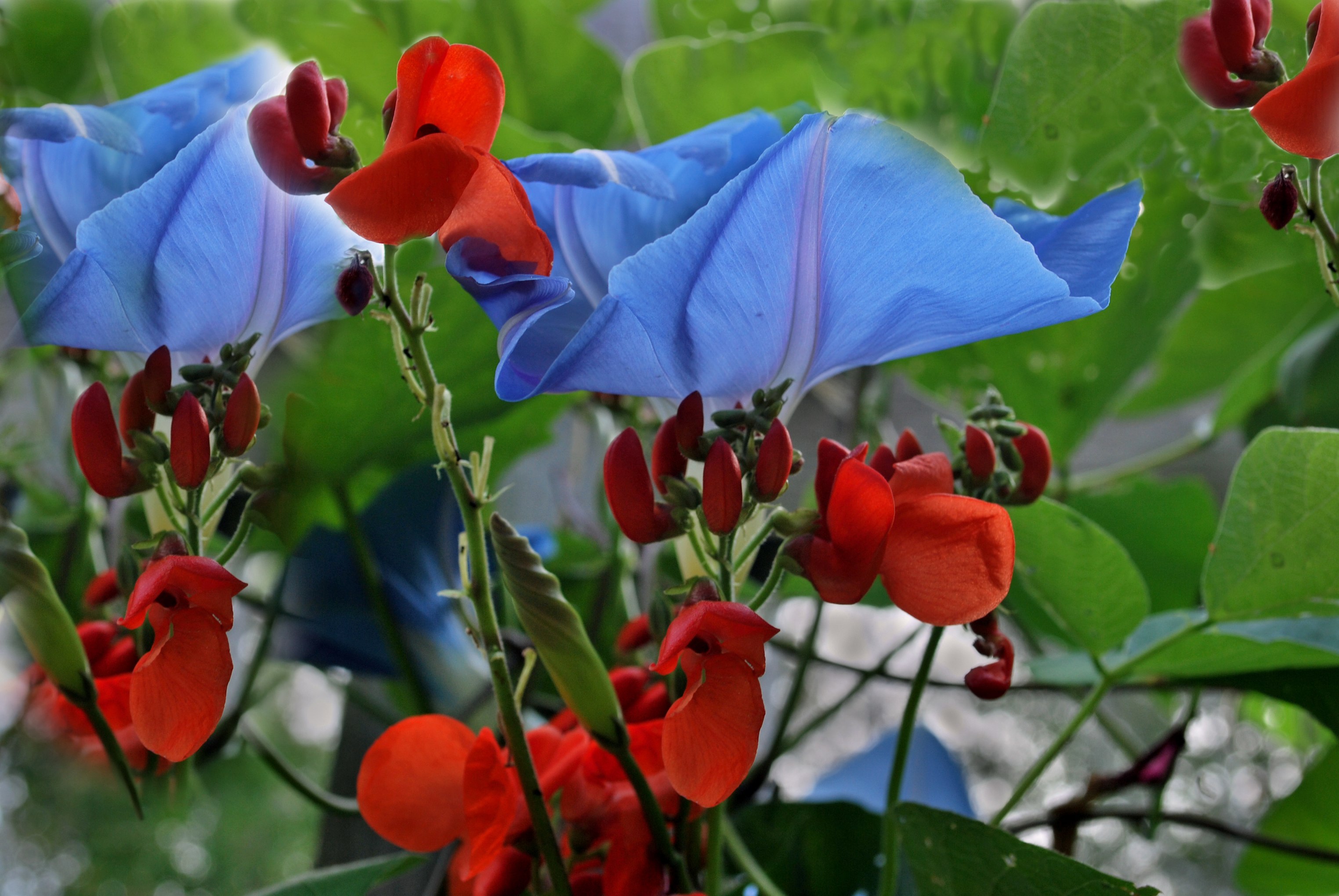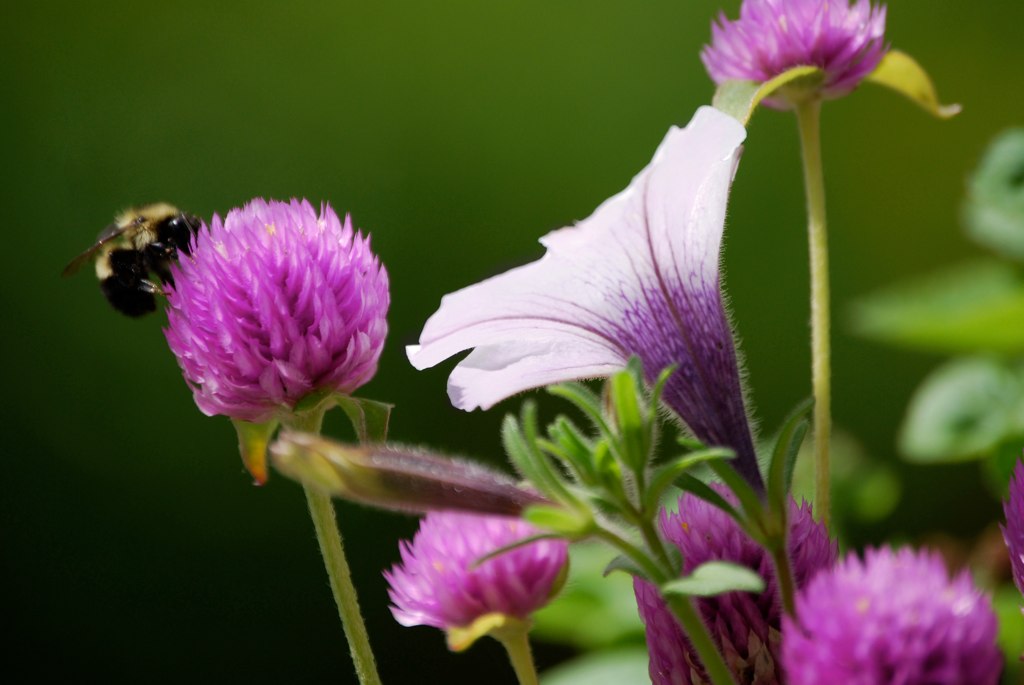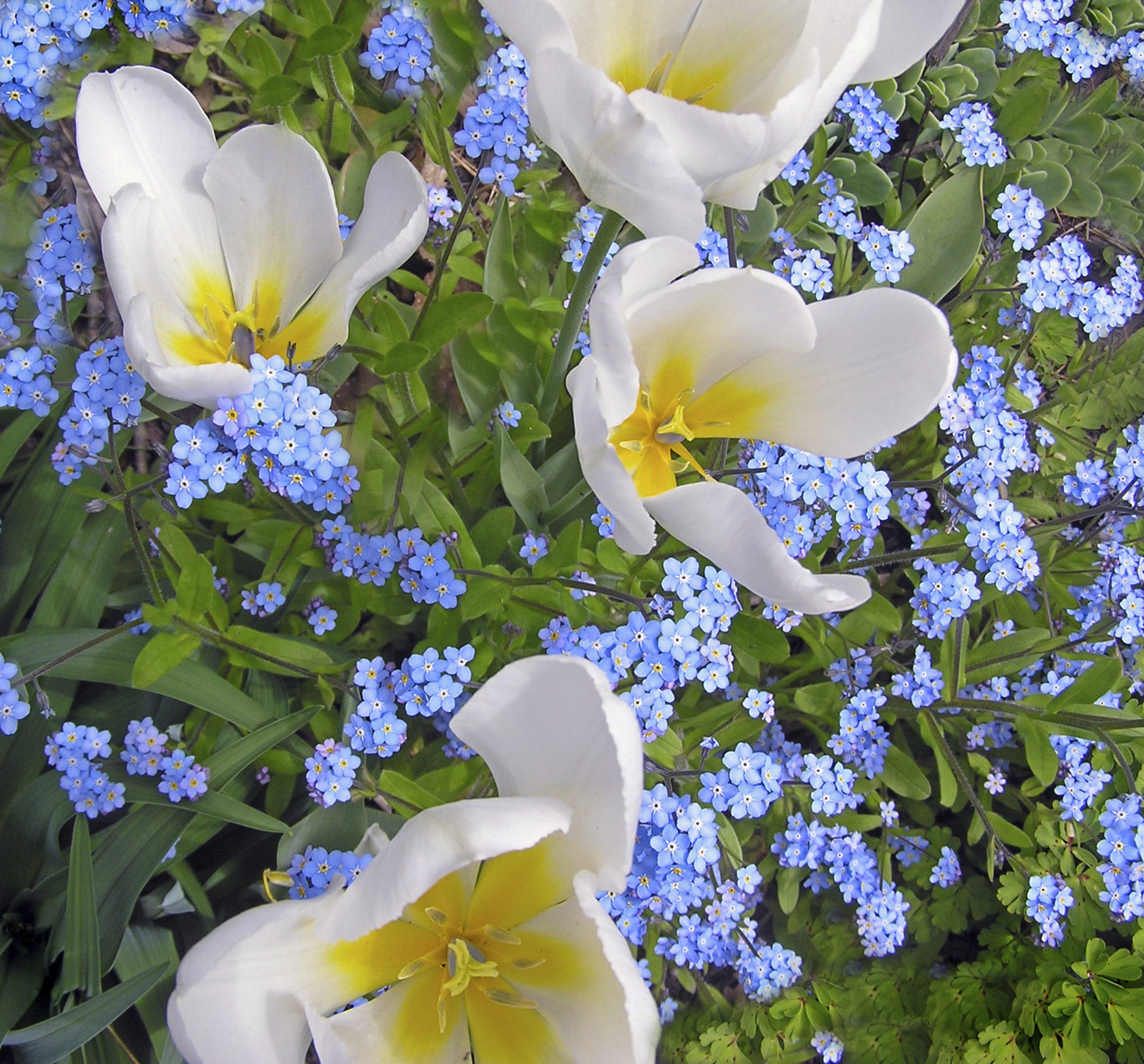
At an even more basic level, heterosexual men and women in the final stages of their life often turn to their partner to learn about feminine (in the case of men) or masculine (in the case of women) aspects of themselves whereas older gay and lesbian partners often learn more about both the masculine and feminine aspects of themselves from their life partner. As we have noted in this book, two life forces, according to Jung, lie at the heart of the process of interpersonal intimacy. These forces are the “anima”, (feminine energy or archetype) and “animus” (masculine energy or archetype). They are called by many other names “Yang” and “Yin” the Light and the Dark, the Active and Receptive. Each these forces resides in each of us, according to Jung, but only one of the forces usually plays a dominant role in our life when we are young, largely because our society expected us as men to be directed by the animus and as women to be directed by the anima. It is interesting to speculate (as Ursula LeGuin has done in her novel The Left Hand of Darkness) on what a society would look like in which everyone is androgynous (a well-integrated mix of anima and animus) or in which everyone can switch between being a male or female.
During our mature years we give ourselves permission to learn about the other side of ourselves — what Sanford (1980) calls our “invisible partner”– and when we are in an enduring intimate relationship there is no one better to learn from than the person with whom many years ago we fell in love (often as a result of becoming captivated by the opposite gender force in them).
The individuation process involves the reintegration (for the first time since childhood) of the anima and animus forces in ourselves. This becomes the central purpose of the last years of our life:
. . . to achieve this union of the opposites within ourselves may very well be the task of life, requiring the utmost in perseverance and assiduous awareness. Usually men need women for this to come about, and women need men. And yet, ultimately the union of the opposites does not occur between a man who play out the masculine and a woman who plays out the feminine, but within the-being of each man and each woman in whom the opposites are finally conjoined. (Sanford, 1980)
Thus, we find that men and women often become more alike as they grow older not just because they have lived through the same experiences in their adult lives, but also because they have learned from each other, and have each reclaimed (in part through the informal teaching and modeling of their partner) those aspects of themselves that they disowned at an earlier time in their lives.








